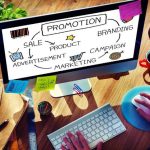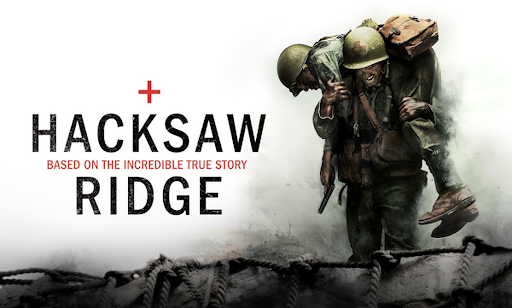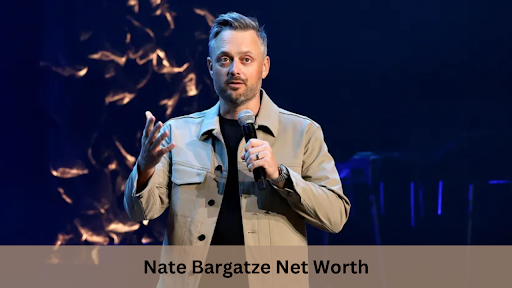

Are you familiar with the function of sales funnels? Online businesses have to understand the importance of these funnels, as they play a major role in their success. The objective of a Sales Funnel is to convert site visitors into customers by moving them through multiple stages until they feel prepared to purchase a product/service. Every stage has a unique impact on the behavior of consumers, which explains why marketers use different tactics.
The guide below will provide you with an insight into this concept.
Table of Contents
What is it?
A sales funnel stands for a marketing concept that illustrates the path of prospects from the time they land on your website to the moment they decide to purchase a product/service. This marketing model takes the form of a funnel, as not all prospects turn into customers and complete the journey. Just like a funnel, it’s wide at the top and narrow at the bottom.
There are four basic stages that prospects need to go through to reach the bottom and make a commitment. Each stage selects the prospects of the highest quality and pushes them to the next phase while dropping those that are not a good fit. The four basic stages include awareness, interest, decision, and action, usually followed by a phase of retention.
It’s paramount for businesses to understand their sales funnels so as to find the holes in them, referring to the places where potential customers drop out and never complete their conversion. Make sure to learn more about the tools used for sales funnels development and landing pages.
Unless you understand this marketing concept, you will not be able to optimize it. Understanding it will help you figure out the problems you have with prospecting and the places where leads drop off.
When a visitor lands on your site via a social link or Google search, he/she turns into a prospect. In most cases, visitors go through some of the blog posts and browse through the products. While browsing, visitors are usually offered to sign up to your email list. In case a visitor fills out this form, he/she converts into a lead. It means you can market your products/services to him/her outside the site, like over the phone, via email, or text.
Understanding the stages

Each stage of the sales funnel is specific and requires a different approach from marketers. The awareness stage, as the name suggests, refers to the phase when people become aware of your products/services for the first time. It is when businesses catch the attention of potential consumers through a tweet, an ad, a blog post, a Google search, word of mouth, etc.
Moreover, the awareness stage is often compared to courtship, as businesses try to woo prospects to return to their sites and engage some more. Depending on whether they find your offers appealing, some prospects will continue their journey to the interest stage, while others might drop out.
Those who reach the interest stage are trying to find a solution for their problems. They do research and comparison shopping, which is when high-quality content is necessary to assist them in the process. Nevertheless, the content is supposed to be created in a manner to help them, not sell to them. Follow this URL https://www.huffpost.com/entry/how-to-segment-your-sales-funnel-and-close-more-opportunities_b_571ecc10e4b0fca991224d8b, for some helpful tips on segmenting your sales funnel and closing more opportunities.
Businesses trying to push their products /services from the very beginning of the funnel will most likely chase them away. The goal of the interest stage is to assist potential consumers in making informed decisions in order for them to express their desire for your offers. It’s the phase when prospects become your social media followers and subscribe to your email list.
When prospects reach the decision stage, they are prepared to purchase a product/service while considering a limited number of options. Hence, this is the right time to make your best offers, such as free shipping, bonus products, discount codes, etc. It is vital for your offers to be better than those of the competitors to motivate potential consumers to choose your products/services. The offers have to be irresistible for leads to be tempted to use the opportunity.
In the action stage, as explained by the name, the customer is finally taking action. It’s when leads click on the purchase button and turn into your consumers. Nevertheless, when a prospect reaches the bottom of the funnel, it doesn’t mean the work of marketers is done. Marketers are supposed to stimulate new customers to keep making purchases.

Sometimes, even though prospects reach the final stage, they might decide not to go through with the purchase. However, you are not supposed to be disheartened for losing the deal, as it is not lost forever. On the contrary, you should focus on creating a nurture campaign to get in touch with the leads again.
Even the customers who have clicked the purchase button are not guaranteed to make another purchase unless you place your focus on their retention. The retention phase should follow the action stage, during which sellers should express their gratitude and make themselves available for support. The objective of this additional stage is to keep consumers happy and turn them into repeat consumers and brand advocates.
The retention stage is expected to help sellers to keep customers engaged with their products/services. This is possible by sharing special types of content, such as surveys, follow-ups, product usage guides, special offers, emails, useful literature, etc.
All in all, a sales funnel journey might start with creating a Facebook ad to attract people to your website. In the interest stage, you should offer something valuable to prospects to hope for lead capture. The decision stage should provide appealing content to inform the audience and prepare them for taking action. In the last funnel stage, you can offer coupons that leads cannot resist.

The bottom line
It is absolutely important for website visitors to enter the funnel as prospects and exit it as paying customers!







